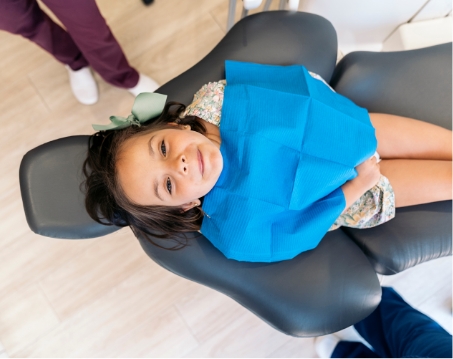PEDIATRIC EMERGENCY DENTIST SATELLITE BEACH
In the Midst of Comm-Ocean, We’re Here for You

Dental emergencies always happen at the worst possible times. In moments when your child is in pain or has just knocked out or damaged a tooth, it can be hard to make sound decisions. Fortunately, a pediatric emergency dentist in Satellite Beach is just a phone call away. If your child needs urgent dental attention, call our office immediately. We’ll work to fit them into our schedule as soon as possible here at Beachside Smiles Pediatric Dentistry.
Why Choose Beachside Smiles Pediatric Dentistry for Children’s Emergency Dentistry?
- Two Experienced, Certified Pediatric Dentists
- Multiple Dental Sedation Methods Offered
- We Accept & Maximize Dental Insurance
How We Treat Dental Emergencies

- Call: When you call our office, our team will provide you with first aid guidance over the phone to help preserve your child’s teeth and ease any pain that they’re feeling. We’ll then schedule an appointment at the earliest possible opening.
- Get Examined: As soon as you arrive at our office, we’ll take diagnostic images, and a pediatric dentist will examine their teeth and gums. Based on our findings, we’ll discuss our diagnosis with you and proceed to the next step of the process, which is treatment planning.
- Plan Treatment: Based on our diagnosis, we’ll come up with a treatment plan to address the oral health concerns at hand. Before moving forward with any procedures, we’ll answer any questions you may have and provide you with a detailed cost estimate so you know what to expect throughout the process. As soon as you consent to move forward, our team will perform the procedure.
The Most Common Dental Emergencies
Sometimes, it can be hard to tell what situations warrant a visit to a pediatric emergency dentist and which ones will go away on their own. Below, our team has compiled a list of some of the most common oral health concerns that we see for your convenience. If you’re ever hesitant about how to proceed, please give us a call!
Preventive Dentistry Restorative & Cosmetic Dentistry Sedation Dentistry for Kids Pulp Treatment View Our Services
